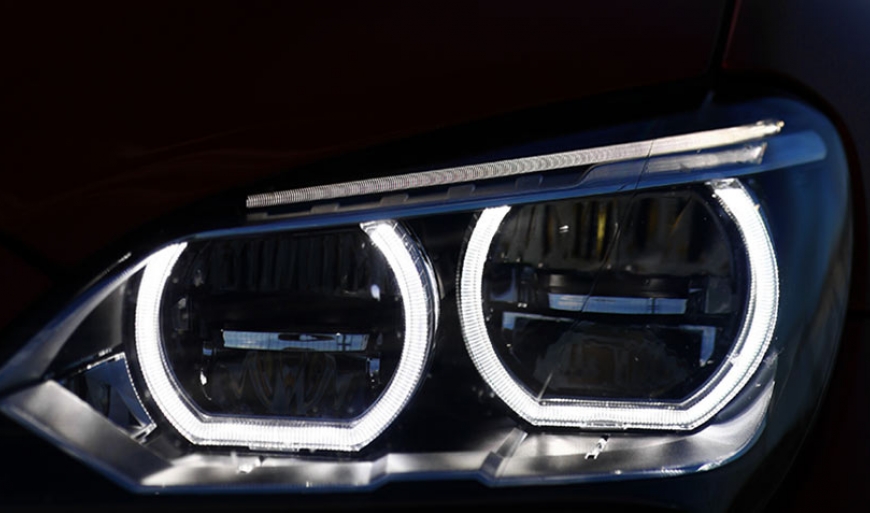如何完善 LED 照明应用中的热管理
Polymers can improve heat management, reduce weight, and expand design freedom

High-Brightness (HB) LED systems are popular with vehicle manufacturers and their customers for good reason. They are energy efficient, eye-catching and longer lasting than incandescent lighting. For this and other reasons, LED usage in vehicles is growing rapidly – the LED lighting market is expected to reach almost $94 billion by 2020¹.
However, in operation, HB LEDs create localized hot spots that can cause heat damage to the LED component. To avoid this, designers most often use aluminum to create heat sinks. While aluminum can efficiently dissipate heat, the size required for an aluminum heat sink can create design and weight challenges. The material’s high thermal conductivity can also be more than is necessary in many cases, causing manufacturers to over-engineer the heat sink.
In order to take advantage of the benefits of HB LEDs, try re-examining your approach to thermal management with these safeguards:
1. Consider new design options
Lighting systems are part of a vehicle’s unique design. They are becoming increasingly intricate, with multiple light sources added for increased safety and comfort. But with limited space, various metal systems used to manage heat may prove limiting to design possibilities. Heat sinks are often complex and may even require fans for forced convection. 结果?Additional weight, manufacturing challenges and ultimately, higher costs. When excessive heat is an issue, a significant part redesign could be the solution.
2. Reassess your standard raw material
Aluminum has typically served as the go-to material for thermal management. Its thermally conductive properties allow for effective heat management, but material and production costs can be high. In addition, the size required for an efficient metal heat sink may create design challenges that adversely affect nearby electronic components.
Recent advances in polymer technology make it possible to formulate thermally conductive plastics that manage heat just as effectively overall as their metal counterparts. Unlike metal, thermoplastics can also be molded into complex shapes that fit tight spaces. With thermoplastic parts, there is rarely a need for secondary processing steps such as coating, welding, drilling or painting. Replacing aluminum heat sinks with polymer ones can greatly reduce both the total cost and weight of a part.
Not sure how to begin? First find a component’s heat dissipation requirements by conducting a heat analysis. Those data can help you find different methods of heat management in automotive lighting. And remember that polymers can offer a way to achieve lighter weight and improved design capabilities in addition to managing heat.
¹McKinsey & Company, Lighting the Way: Perspectives on the global lighting market, 2012
